
CHECK OUT OUR NEW LOCATION

Gooische Vrouwen Season 6

Armand | A film by Halfdan Ullman Tøndel

VIET AND NAM | A film by Minh Quý Truong

Patty | Now on Videoland

Beraber | A film by Mete Gümürhan

Filmmore's Virtual Production takes shape

OOGAPPELS WINS THE GOLDEN TELEVIZIER RING
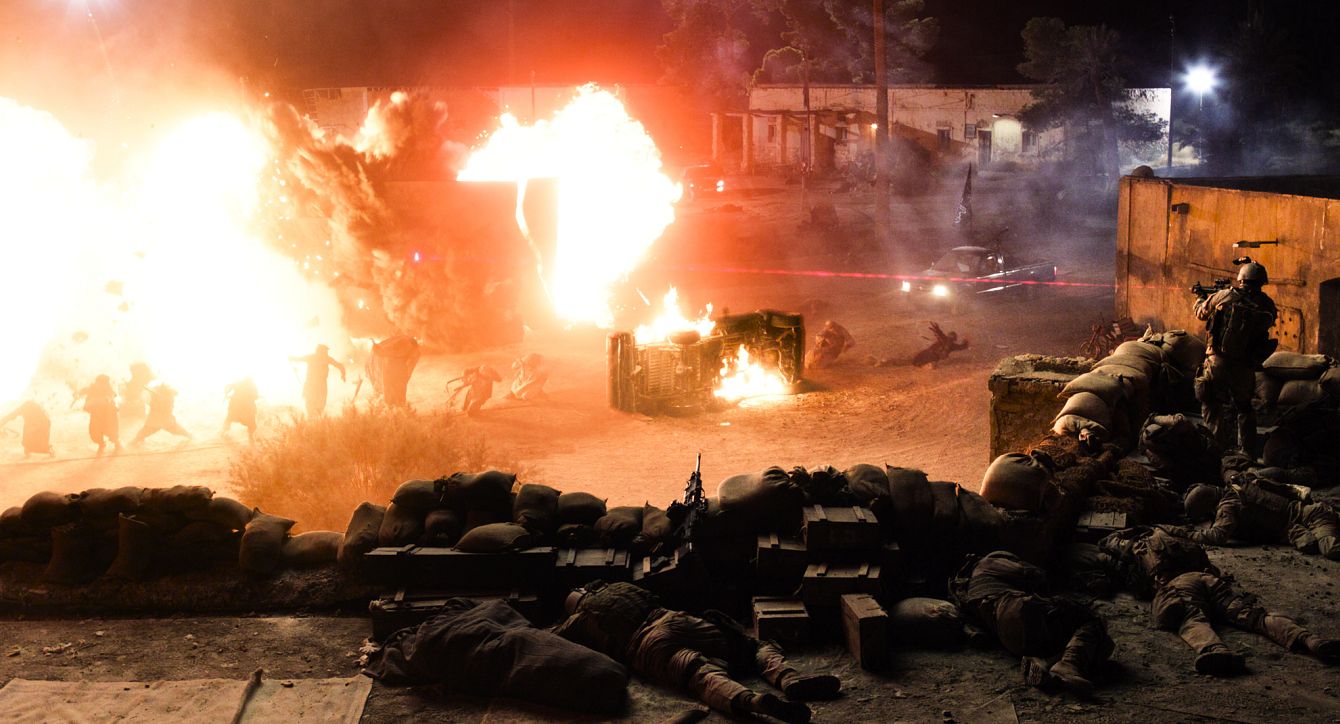
Line of Fire | A film by Roel Reiné
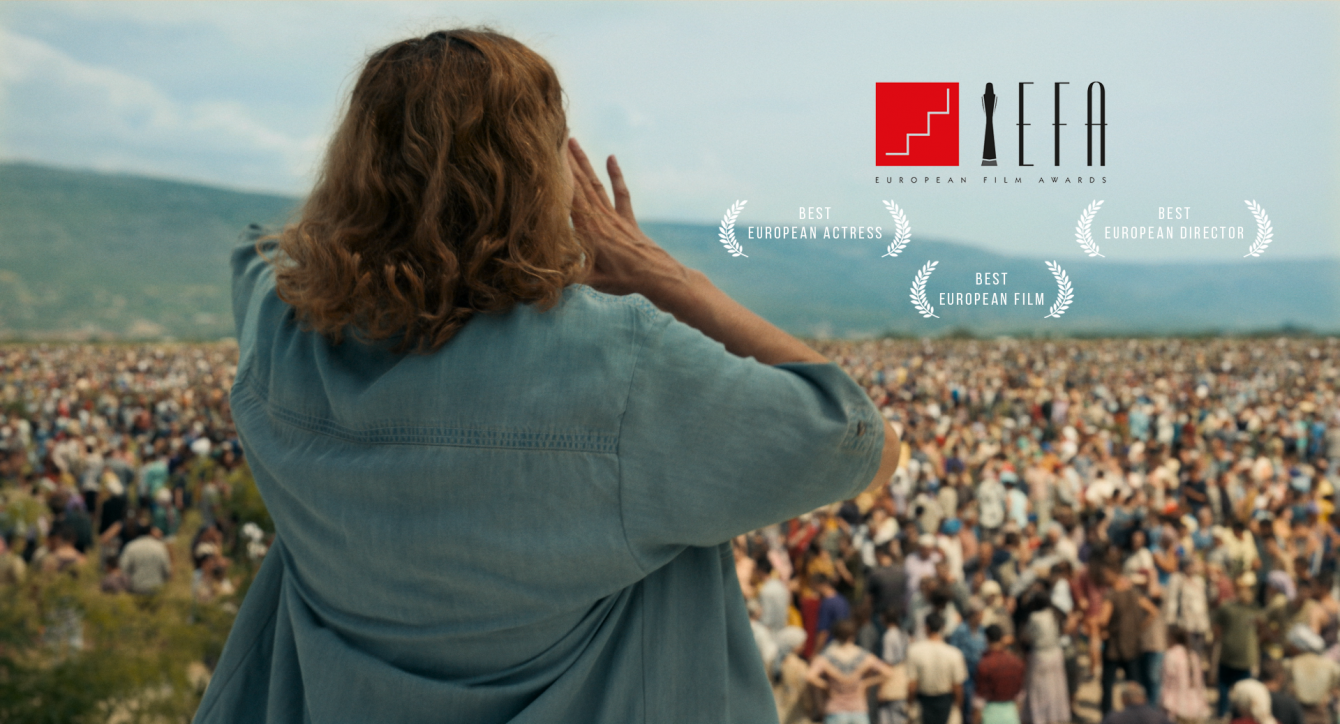
QUO VADIS, AIDA? | A film by Jasmila Žbanić
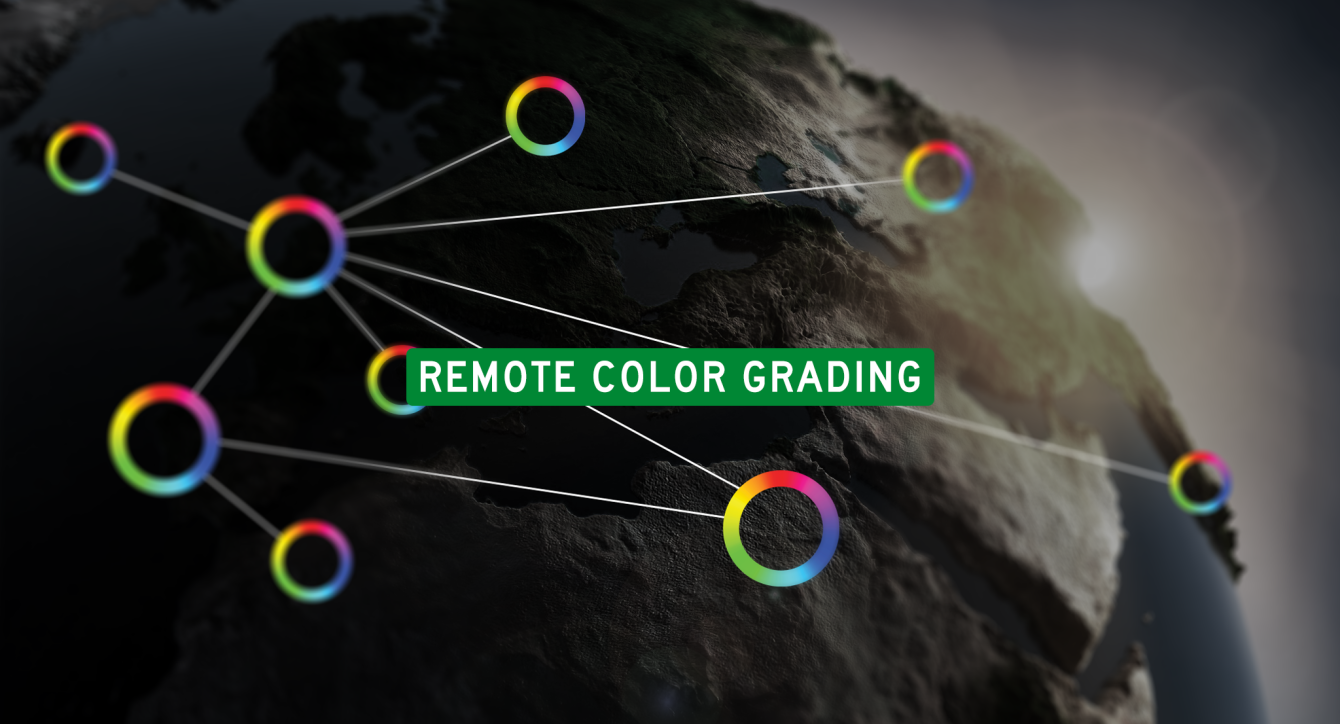
THE POSSIBILITIES OF REMOTE GRADING

7 TIPS FOR MANAGING LARGE SHOT COUNTS IN VFX
Color is life. For a world without colors appears to us as dead.
Colors are forces, radiant energies that affect us positively or negatively, whether we are aware of it or not.
- Johannes Itten (1888–1967)
Filmmakers want to create their own reality. A reality that suits their idea, their story. In postproduction one of the best ways to achieve this is by altering and enhancing the color of images.
Raw imagery from digital motion picture cameras always requires some form of exposure correction and color balancing. Simply because it’s not always possible, or practical to have full control of lighting conditions on set or on location. And of course accidents happen, exposure might be insufficient, or skin tones might have to be changed because of wrong white balancing.
Footage from very different cameras, or shots coming from VFX with additional elements, shot in multiple locations over the course of days, or even months, have to be balanced and integrated to make up a scene. In the end everything should feel like it’s happening at the same moment, on the same spot, with the same lighting. But most importantly, the colorist, working with the cinematographer and the director, will be able to control the viewer’s perception of such a scene. This makes his or her role an important creative element in setting the mood and style of a film.
No other tool offers better creative control of film and TV grading than Filmlight’s Baselight. In fact Filmmore has been involved with Baselight from the very beginning of version 0.9 in the early days of DI. We are currently running three Baselight systems for grading, as well as two systems for conform and various supporting Mac-setups.



For international projects and especially because of COVID, it is not always possible or cost effective to attend a color grading session. To solve this geographical challenge, we have several solutions to connect with other post facilities from all around the world to provide a grading session on another location. Whether you need your color session viewed by partners abroad or you wish to join a session held elsewhere, we can provide a solution.
If you would like to know more about the possibilities, get in touch with our DI supervisor and we’re happy to meet your needs.
Filmmore offers HDR color grading for cinema and television. Our grading cinema is EclairColor certified for HDR color grading in projection, which makes us the first independent post production facility other than Eclair to provide grading services for this stunning new HDR standard in cinema exhibition.
For television, we have a Dolby Vision-certified grading suite available, fully equipped to serve the streaming industry such as Netflix, Amazon Prime or Disney+. With this, together with the fully optimized color pipeline, powered by Academy Award winning Filmlight/Truelight technology, you can now grade and finish your projects to the highest and most innovative standards available in the market.
This revolutionary high dynamic range (HDR) color technology achieves image projection of unprecedented quality. Brighter, sharper, with more depth of field, more density and more detail, the images produced with EclairColor or Dolby Vision technology have more contrast and greater fidelity, better reflecting the photography originally intended by the film’s creative teams.
The wonderful thing about HDR is that it’s really a technical innovation that will change storytelling and creative decision-making. DoPs and colorists can use the extra range the way they see fit. It’s not just there or not, like with higher resolutions or framerates, it is a creative decision how to employ the extra dynamic range. The easiest way to understand without actually seeing it, is to imagine a painter that has worked with 20 different shades of paint all his life, who now suddenly has 10 shades extra at hand. He might decide not to use the new colors to their full extent on every painting he makes, but it can open doors that used to be closed.
Would you like to have a private demo, receive more details about the technology, look at some of your own material in Filmmore’s grading room or just chat about the possibilities with EclairColor and HDR, feel free to give us a call or drop an e-mail.

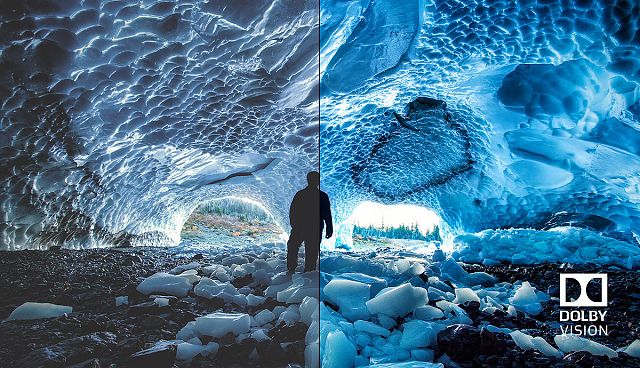
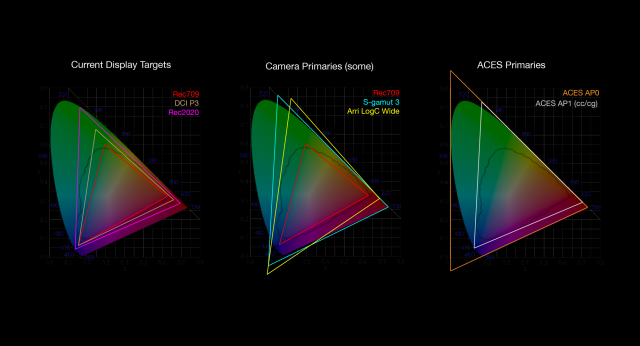
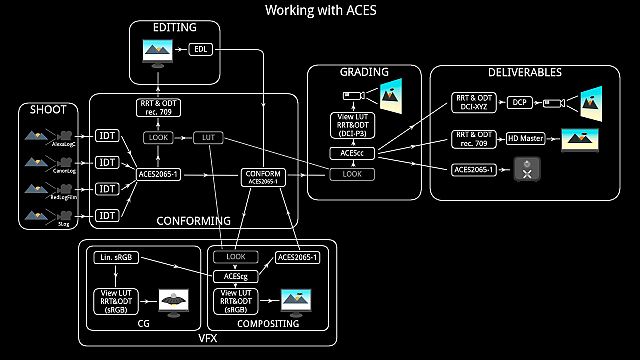
Back in 2010 Filmlight received an Academy Award for their Truelight color management tools. In the meantime they have invested ample time and resources in making sure their tools would remain the absolute top in the market.
At Filmmore, we make sure we put the power of Truelight color spaces to it’s full effect. Together with the DoP, our colorists and color management specialists will make sure to set up the right color pipeline for your project. Depending on which camera or cameras will be used on set, what the vfx pipeline on a project will be, and what kind of deliverables are requested, we will define a route that is both efficient and gives the most creative freedom. Possible setups range from straight P3 grading to full ACES pipelines and everything in between.
Ideally we set up a meeting between DoP, DIT and our team before the start of principal photography, to talk about the look of your project and create the appropriate LUT’s for usage on-set and in editorial. Making sure everyone looks at the same image throughout the whole project will result in more efficient use of grading time and evidently a better end result.
We strive to create a future proof (scene-referred) DSM archive of every project. This means any future regrade for HDR or other media will only require an easy trim pass, which in most cases can be executed in one or two days maximum.
For the exchange between conform/grading and visual effects we prefer to use the ACES global interchange standard. The ACES workspace utilises a file format that can encode the entire visible spectrum in 30 possible stops of dynamic range. Using the correct set of transform functions, this virtually endless range will be mapped into the correct layout for vfx creation and grading.
All in all, the color pipeline used to be excruciatingly difficult and risky at times up till recently. With ACES and Truelight color management everyone is able to see what you get in all stages of the postproduction process. Be it in the same room or across the globe.